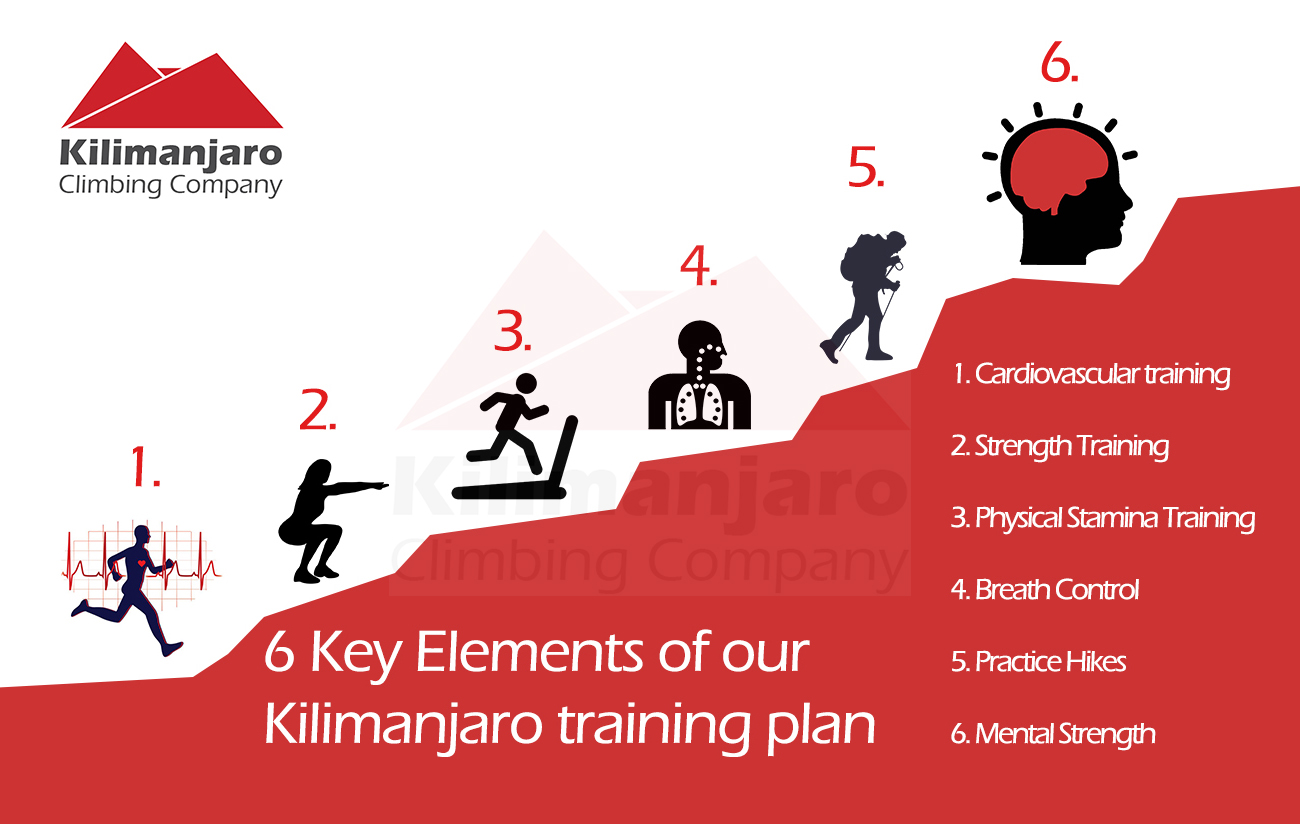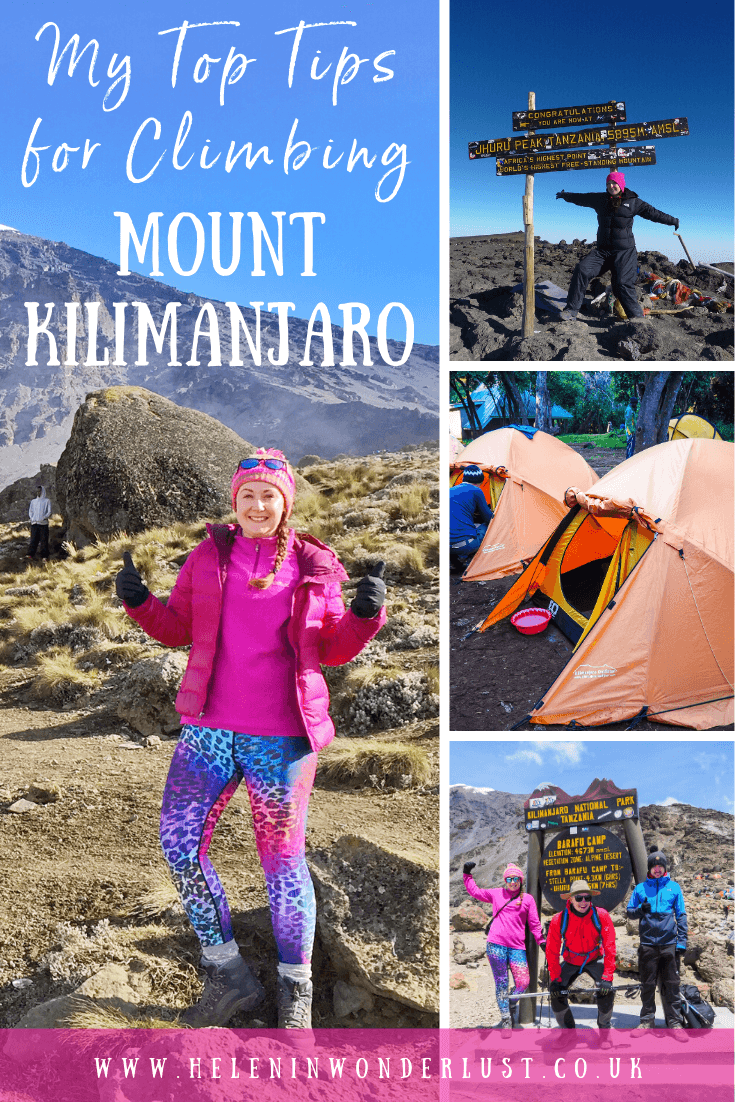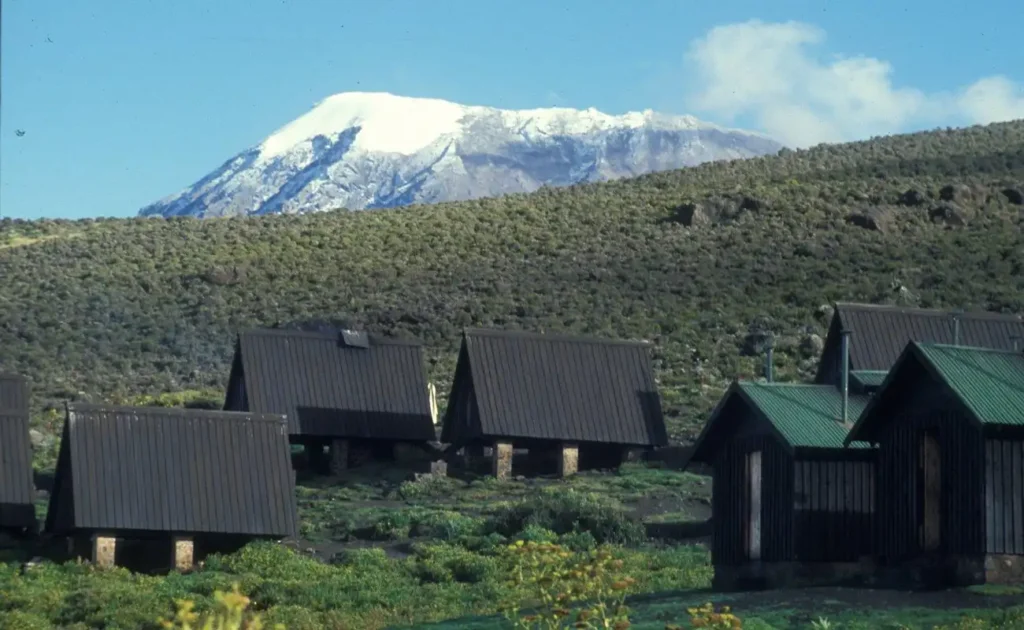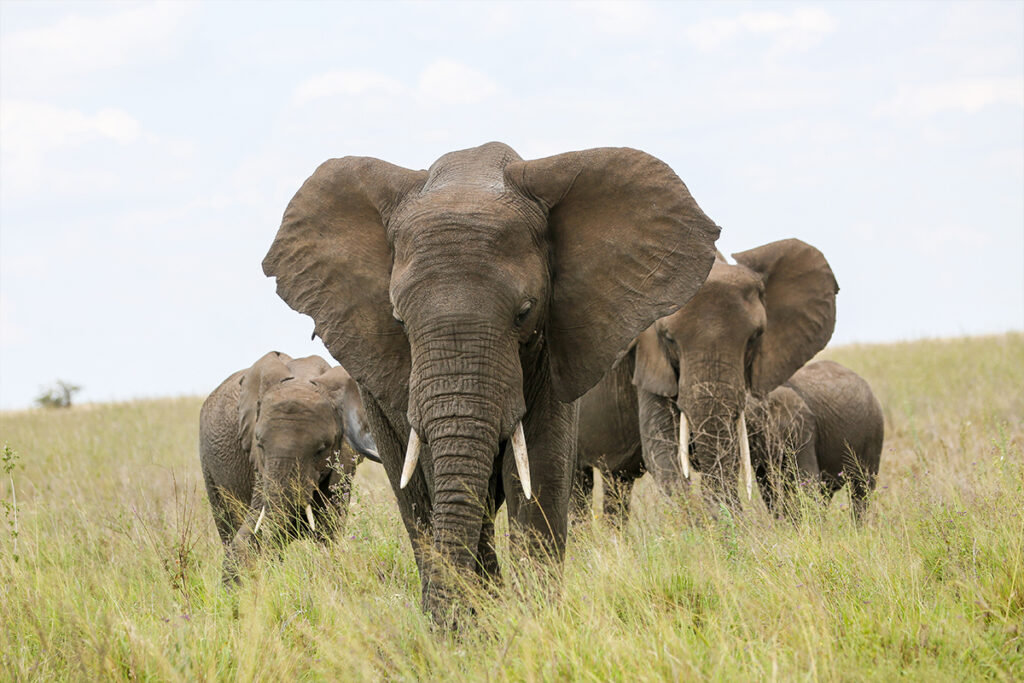Standing at 19,341 feet, Mount Kilimanjaro is not just an adventure but a test of endurance. A climber once shared their surprising realization: no matter how fit one feels, without strategic physical preparation, the mountain experience can become treacherously overwhelming. How, then, do you equip yourself for such an ascent?
Essentially, building aerobic capacity is critical—research indicates that acquiring cardiovascular endurance is paramount. This preparation dates back to early climbers who realized the symbiotic relationship between strength and stamina. Integrating routines with gradual altitude exposure and resistance training ensures not just readiness but a successful summit attempt.

Physical Preparation Tips: Essential for Kilimanjaro
Preparing to climb Mount Kilimanjaro is not just about packing the right gear. It’s crucial to build your aerobic capacity to ensure your body can handle the demanding trek. Aerobic exercises are effective because they increase your heart rate and stamina. Workouts like running, swimming, and cycling are beneficial. Dedicate at least 30 minutes a day to these exercises.
Besides cardio, incorporating strength training is necessary. Strength training helps you carry your backpack and manage steep climbs. Focus on your legs, core, and upper body. This can include activities like squats, lunges, and push-ups. Mix in resistance training to enhance muscle endurance.
Gradual altitude exposure can greatly benefit your trek. If possible, practice hiking at high elevations before your trip. This helps your body acclimatize to lower oxygen levels. Short hikes or weekend trips to nearby mountains can be useful. Aim to gradually increase the altitude over time.
Flexibility is another key aspect of your preparation. Stretching exercises can prevent injuries and improve balance. Incorporate yoga or stretching routines into your weekly plan. Focus on your hamstrings, calves, and lower back. A flexible body will adapt better to Kilimanjaro’s challenging terrain.
Top Tips for Kilimanjaro from a Professional Guide!
The Importance of Aerobic Capacity
Aerobic capacity is crucial when preparing for a Kilimanjaro climb. It measures how well your heart and lungs can supply oxygen during extended physical activity. With a higher aerobic capacity, you can hike longer distances with less fatigue. It’s the foundation for building endurance and staying energized. Activities like running and cycling are great ways to boost this capacity.
Training your aerobic capacity can start with basic exercises. Running is a straightforward method, but ensure you keep a steady pace. Swimming is another effective aerobic workout as it engages different muscle groups. Even brisk walking can help, especially if you maintain a good speed. These exercises help your cardiovascular system adapt to increased demand.
Monitoring your progress is essential in aerobic training. Use a heart rate monitor to track your exertion levels. Aim to train within your target heart rate zone. This zone is typically 50-85% of your maximum heart rate. Adjust your intensity to stay within this range for optimal benefits.
Adding variety to your aerobic workouts keeps things interesting. Rotate between different activities to target different muscles. Besides running and cycling, consider activities like rowing or dancing. This approach prevents your routine from becoming monotonous. It also helps to boost overall fitness and enjoyment.
Evolving Fitness Techniques for Mountain Climbing
Mountain climbing requires a unique blend of fitness techniques that have evolved over time. Traditional methods included basic endurance and strength training. Today, climbers incorporate advanced methods like high-intensity interval training (HIIT) and functional fitness exercises. These techniques help simulate the dynamic and unpredictable nature of mountain terrain. Modern climbers benefit from access to specialized equipment and training programs.
HIIT workouts have become increasingly popular among climbers. These sessions involve short bursts of intense activity followed by rest. The goal is to improve cardiovascular fitness and endurance quickly. Exercises might include sprints, burpees, and high knees. This kind of training prepares the body for the rapid changes in pace and elevation on a mountain.
Functional fitness exercises are designed to improve real-life movements. They focus on building strength, balance, and flexibility. For instance, a climber might practice step-ups, weighted carries, and lunges. These exercises mimic the actions of climbing, like stepping onto rocks or carrying heavy gear. Functional training ensures that the body can handle the physical demands of a climb.
Utilizing advanced technology in training has also transformed climbing preparation. Virtual reality (VR) can simulate mountain routes, providing a realistic practice environment. Sophisticated fitness trackers monitor performance and adjust training plans. This technology helps identify strengths and areas for improvement. With these advancements, climbers can train more effectively and safely.
The Role of Gradual Altitude Exposure
Gradual altitude exposure is key to successful mountain climbing. It allows your body to adjust to lower oxygen levels found at higher elevations. By ascending slowly, you help prevent altitude sickness, which can cause headaches and dizziness. Climbers often follow the saying “climb high, sleep low” to aid in acclimatization. This practice encourages the body to adapt more efficiently while resting at lower altitudes.
Ascending in stages rather than rushing the climb is beneficial. This approach provides the body with the time needed to produce more red blood cells. These extra cells carry oxygen throughout the body, improving stamina and overall performance. A slow ascent also helps identify any early symptoms of altitude sickness. Recognizing these signs early on can prevent more serious health issues.
Planning hikes at different elevations before your main climb enhances preparedness. Frequent exposure to various heights can build tolerance over time. Even weekend treks in nearby hills can make a difference. Try to vary the altitude for the best results. This strategy mimics the conditions you’ll face during a mountain ascent.
Some climbers use equipment designed to simulate high-altitude conditions. These tools include hypoxic tents and masks, which restrict oxygen levels. Although effective, they require consistent use for several weeks. Using these tools can be beneficial, especially for those without access to mountains. They help condition the body, making the transition to real altitude smoother.
Joining organized acclimatization programs is another option. These programs are led by experienced guides who offer structured guidance. Participants follow a specific schedule of hikes and rest periods. The collective experience of the group can also offer moral support. This structured preparation can enhance the climber’s confidence and capability.
The Symbiosis of Strength and Stamina
Strength and stamina work together to improve performance in mountain climbing. A balance between these two elements ensures you can carry gear, navigate rough terrain, and keep moving. Strength exercises focus on muscle power, while stamina exercises build endurance. Combining these two types of training creates a well-rounded fitness routine. This combination is essential for demanding climbs like Kilimanjaro.
Building muscle strength involves targeted exercises. Activities such as weight lifting, resistance bands, and bodyweight exercises are useful. Focus on areas like legs, core, and upper body to handle varied climbing challenges. Squats, lunges, and push-ups can form the core of your strength routine. Consistent practice results in stronger muscles, capable of enduring prolonged physical effort.
Stamina exercises are equally important for mountain climbing. Incorporate activities like running, swimming, or cycling into your weekly routine. These exercises help improve cardiovascular health and enhance endurance. Aim for at least 150 minutes of aerobic exercise per week. Mixing different aerobic activities can keep the training engaging and effective.
Combining strength and stamina workouts leads to better overall fitness. Try circuit training, which mixes strength exercises with short bursts of cardio. For example, alternate between lifting weights and jumping rope. This method keeps the body constantly challenged. It also improves both muscle power and cardiovascular endurance.
Tracking your progress is vital for balanced training. Use a fitness tracker to monitor workouts and recovery times. This data helps in adjusting your training plans. Timely adjustments ensure consistent progress. With balance, strength and stamina will synergize, making tough climbs more achievable.
Resistance Training: A Game Changer for Ascents
Resistance training is vital for climbing mountains like Kilimanjaro. It strengthens muscles, improving their ability to support the body during steep ascents. This type of training helps hikers endure extended physical activity and reduces the risk of injury. Using weights or resistance bands can make muscles and joints more resilient. Integrating resistance training into your fitness plan is crucial for a successful climb.
Focus on exercises that target key muscle groups used in climbing. Include squats and lunges for lower body strength. To enhance core stability, add planks and Russian twists. Upper body exercises such as push-ups and rows are also important. This focused routine ensures balanced muscle development.
Using resistance bands is a flexible and accessible option. They come in various levels of resistance, allowing a customizable workout. Exercises like banded squats and arm extensions effectively build strength. Resistance bands are portable, making it easy to train anywhere. This versatility benefits those who travel frequently or have limited space.
Consistency is key in resistance training. Aim to work out at least three times a week for noticeable progress. Gradually increase resistance or weights as muscles adapt. This progressive approach prevents plateaus. Monitoring improvements can offer motivation and ensure continued development.
Combining resistance training with other exercises creates a balanced fitness plan. Include aerobic activities to enhance cardiovascular health. Flexibility exercises like yoga can improve mobility. Such a varied routine leads to overall fitness and better climbing performance. Understanding the importance of each element supports your preparedness for mountain ascents.
Key Takeaways
- Aerobic exercises like running boost endurance for long climbs.
- Strength training, such as squats, enhances muscle power.
- Gradual altitude exposure helps the body adjust to high elevations.
- Flexibility exercises prevent injuries and improve overall mobility.
- A balanced fitness routine ensures you’re ready for any mountain challenge.




